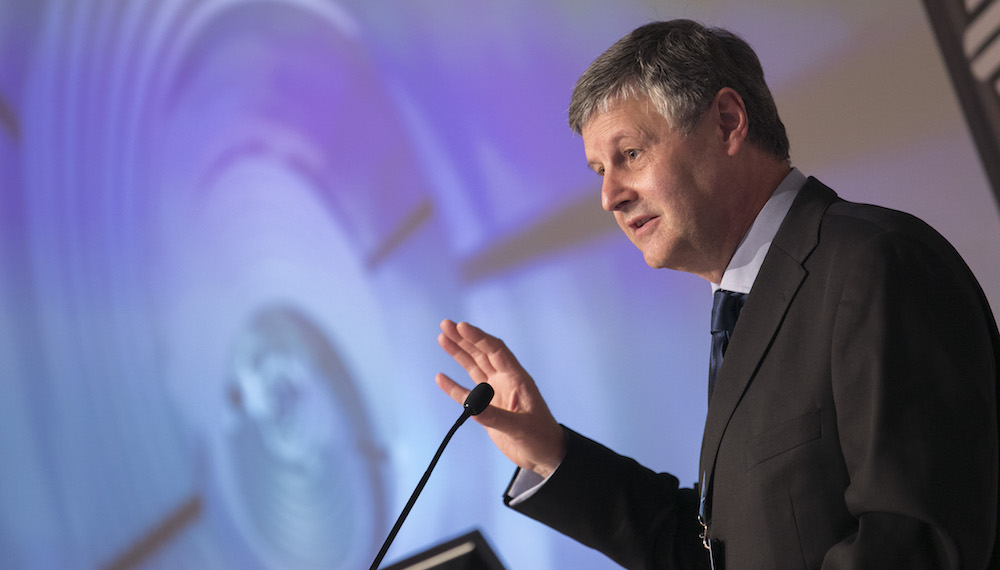
Worldsteel’s forecast of 1.4pc growth in global steel demand this year could prove conservative, depending on what happens in China, acording to director-general Edwin Basson.
The association assumes there will be no growth in Chinese steel demand this year, with Beijing comfortable allowing GDP growth to drop to 5.6-6.0pc, and no steel stimulus measures in sight. China’s economic planning system is of the “firm opinion” that the country does not need more steel than it currently produces, Basson added.
Any infrastructure investment announced this year to stimulate economic growth is likely to be away from residential construction in tier-2 and 3 cities — the primary locus of previous stimulus — and to focus on China’s less developed western regions.
Should such measures materialise, pushing Chinese internal steel demand from last year’s 780mn t, then exports could fall further to ensure domestic requirements are met. China produced 928mn t of crude steel last year, or around 853mn t on a finished steel basis, leaving 50mn-70mn t available for export.
No quick switch

Worldsteel does not expect an overnight move from blast furnace to electric arc furnace (EAF) production for three main reasons. Firstly, it is expensive to move from a basic oxygen furnace to an EAF. Secondly, in Europe — where producers have said they want to move to hydrogen-based production or other technologies — the cost of energy is uncompetitive compared with other regions, such as the US. And thirdly, any move to the EAF route requires a continuous and competitive supply of scrap. In Europe, initiatives such as the circular economy could prolong the life of steel in use, reducing scrap flows.
In 2015-17, the steel industry has been operating within the UN’s two-degree global warming scenario, which it is hoped will avert the worst consequences of climate change.
If the whole steel industry can perform at the same level as the best 15pc of performers, Worldsteel believes the industry can continue to operate within the two-degree scenario for a further decade or more. This would allow steelmakers to perfect and commercialise breakthrough technologies, such as hydrogen-based production.
Even in 2040, Worldsteel expects that 1bn t of blast furnace-based steel output will still be required to meet global requirements. While blast furnace-based output might be concentrated in certain areas, Basson does not expect any output cut in developed markets. Politically, there is now a real desire to have steelmaking capabilities, he said.





